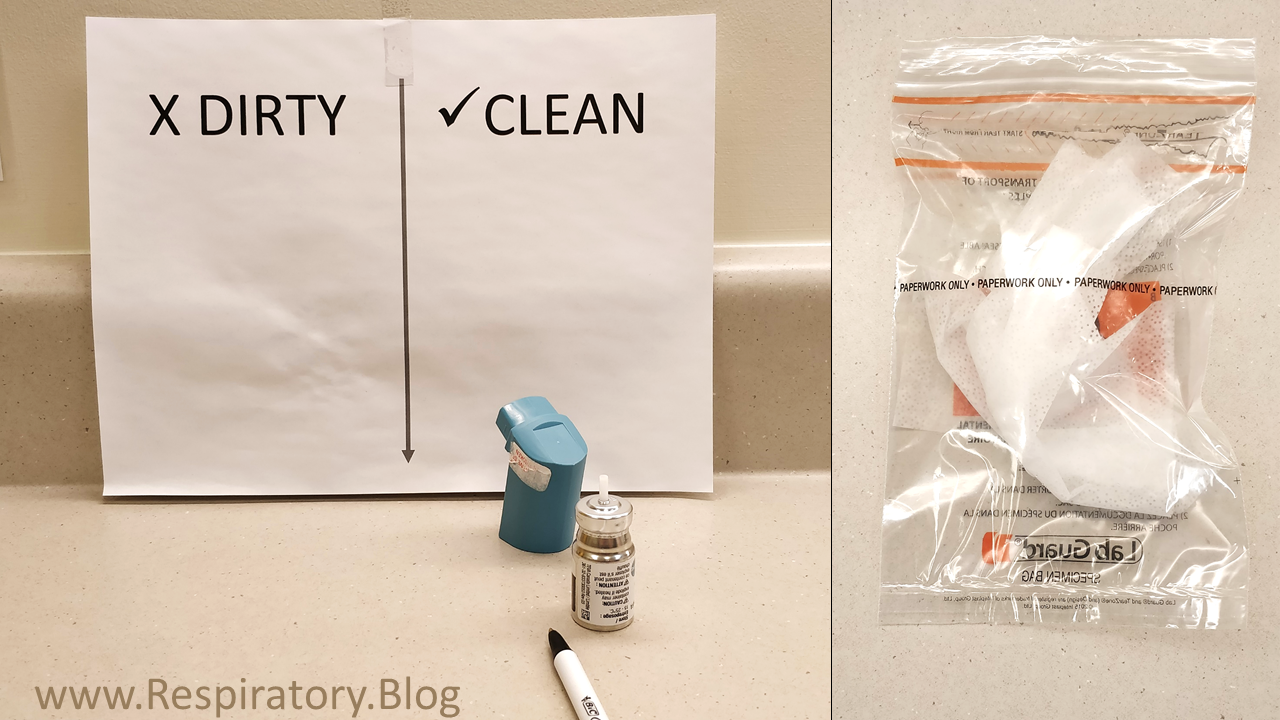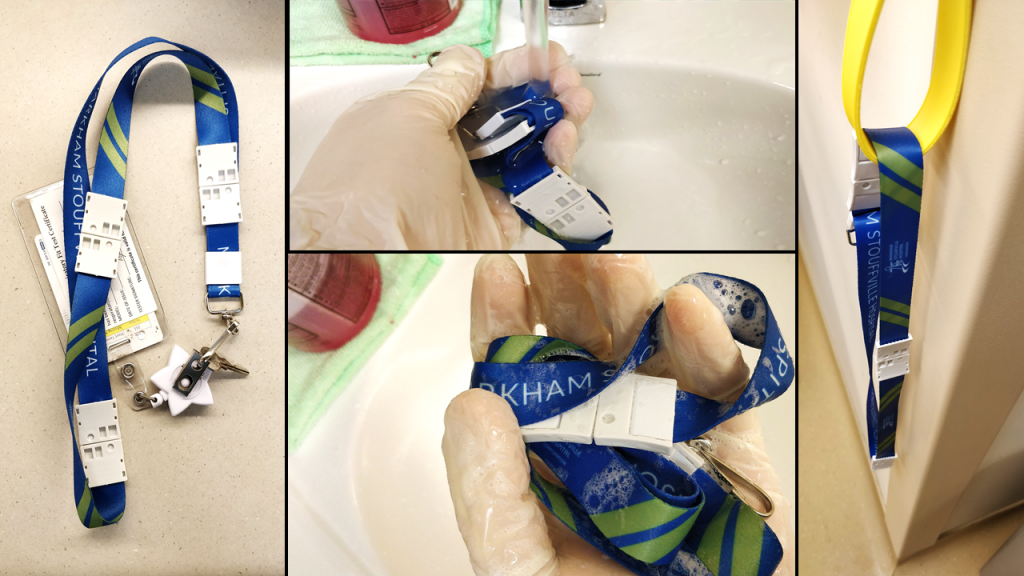Daily Posts
Happy at work?

Wondering what kind of employer you need to work for? Or wondering how to keep your team happy?
Prior to the pandemic I occasionally attended networking events. I heard an interesting mindset from a hard-working, loyal and driven presenter. He asks himself these three questions before applying for any job:
- Would the opportunity lead to new knowledge or skillset?
- Would the position give you access to quality mentorship and coaching?
- Does the role and workplace rate highly on: compensation, work culture and work flexibility.
Have you ever asked yourself what you are looking for in a workplace? What makes you choose one offer over the other? What’s your career development look like?
Several factors play into this, including but not limited to one’s personality (intro-/extro-vert), stages in life, career goals, financial needs, work-life balance, available opportunities and many more.
If you are a manager and/or employer, there are things that you can do to keep your employees happy. These may include but are not limited to: offering compatible compensation, growth and learning opportunities, providing constructive feedback, flexible scheduling if applicable, and encouraging a respectful work environment among many others.
Yesterday I attended an anniversary celebration at work to support those who are receiving recognition for their service. At such challenging times, a small token of appreciation through recognizing people for their loyalty goes a long way.
What are some ways working for your employer keeps you happy, motivated and feeling valued?
Farzad Refahi
September 23, 2020
https://respiratory.blog/sept232020/
Patient Experience in Patient Care

In my opinion, patient care and patient experience are closely intertwined, especially in highly structured, organized and timed clinical settings such as Pulmonary Function Testing (PFT) labs. I must emphasize that even at PFT labs, patient-focused care is still at the core.
There are a few simple ways that I try to improve the patient experience at the lab.
- I keep my work station neat and clean.
- I anticipate the patient’s needs beforehand. For example, I have the mouthpiece, nose clips, pen, spacer, requisition, PPE ready before calling the patient in.
- If the patient has previously been in the lab, I review the previous comments to be better informed. For example, if the patient is on home O2, I have the wall O2 extension tubing and nasal prongs ready. Another example is having the forehead probe ready if the previous 6MWT indicated that forehead probe was used during the walk.
- I try to be on time, if not a little bit earlier. This gives me the buffer time just in case the patient requires a little bit more time. If I start the test early and the testing goes smoothly, at least I get a few minutes for a break until the next person arrives.
- Working in the Greater Toronto Area exposes me to different languages and different cultures. To better pronounce people’s last names I Google pronunciations. I know how silly that may sound. Search “pronounce [insert last name]” and in most cases, you find some useful resources. I am not particular with the pronunciation of my first or last name, but this may not be the same with others so I put in a minute to optimize customer service for patient care.
What are some of the ways that you optimize customer service in your patient care?
Farzad Refahi
Sept. 18 2020
Simple Hacks
From the conversations initiated by yesterday’s post, a few points came to surface. If you want to check out yesterday’s post, click on the following link: https://respiratory.blog/sept152020/
Firstly, we do many things to keep our equipment and clothing clean that we don’t even realize. For example, we use pens all the time and we tend to subconsciously clean them between patients rooms but not even realize it.
Secondly, there are always little and simple steps and hacks that we can adopt to help us along the way. For example, when I was deployed to the ICU, some of my responsibilities, besides patient care, included the preparation and cleaning of some equipment. Here is one simple trick: put a few cleaning wipes in a sample bag and place it beside the intubation kit/glidescope, or even inside/outside of the “procedure” room. This way, the bag is ready to go, and by closing the sample bag, the wipes will not dry out. I recall the number of times I had walked in the isolation room and I use the LAST cleaning wipe in the container! By taking the required items with me, life became more efficient and safe.
Here is an example for the PFT lab setting: I have left a little marker on the countertop so I can easily identify the ‘clean’ and ‘dirt’y side. After using the equipment I put them on the dirty side and that way I don’t have to ever doubt if the item has been wiped clean or not. I have noticed that patients also feel more comfortable and safe knowing that there is a clear cleaning system in place. Yes, a very simple step but on a busy day, it can go a long way.
What are some of the easy step, systems, or tricks that have helped you along the way?

Farzad Refahi
Sept. 16, 2020
https://respiratory.blog/sept162020/
The Forgotten Piece

When I think about my routines… Hands are washed frequently throughout the shift. Gloves are thrown out. Gowns are deposited in the basket. Scrubs are returned to the scrubs-unit. The shield is returned to the soiled utility room. “Hospital” shoes are changed and left in the locker room. The rest of the clothing is changed and washed at home. Cellphone screen is wiped clean. One item that I tend to forget about is the lanyard! I need to remind myself to wash the lanyard more frequently. This started a whole list of questions…
How often you wash your lanyard? How frequently do wipe the outside of your bags, including the lunch bag? Any other items I have forgotten about?
Farzad Refahi
September 15th 2020
https://respiratory.blog/sept152020/